“The world is full of bastards, the number increasing rapidly the further one gets from Missoula, Montana.” – Norman Maclean, A River Runs Through It
If you’ve ever visited Missoula, or even better, had the pleasure of living there, you understand exactly what Maclean was talking about. Missoula is a place unto its own, a vibe that cannot be replicated anywhere else: a crunchy college town where lifted trucks sport pride flag stickers alongside loaded gun racks in their rear windows.
So let’s take a deep dive into the uniqueness that is Missoula, MT, and learn about what it is, how it got that way, and why you might want to visit. To do that, we’ve put together a list of the most interesting facts about Missoula, and we hope a few of them will pique your interest.
Table of Contents
Top 5 Facts about Missoula, Montana
1. Three rivers converge in the Missoula Valley.
The Blackfoot from the east, the Clark Fork from the southeast, and the Bitterroot from the south all come together on the edges of the city to create a more formidable Clark Fork.
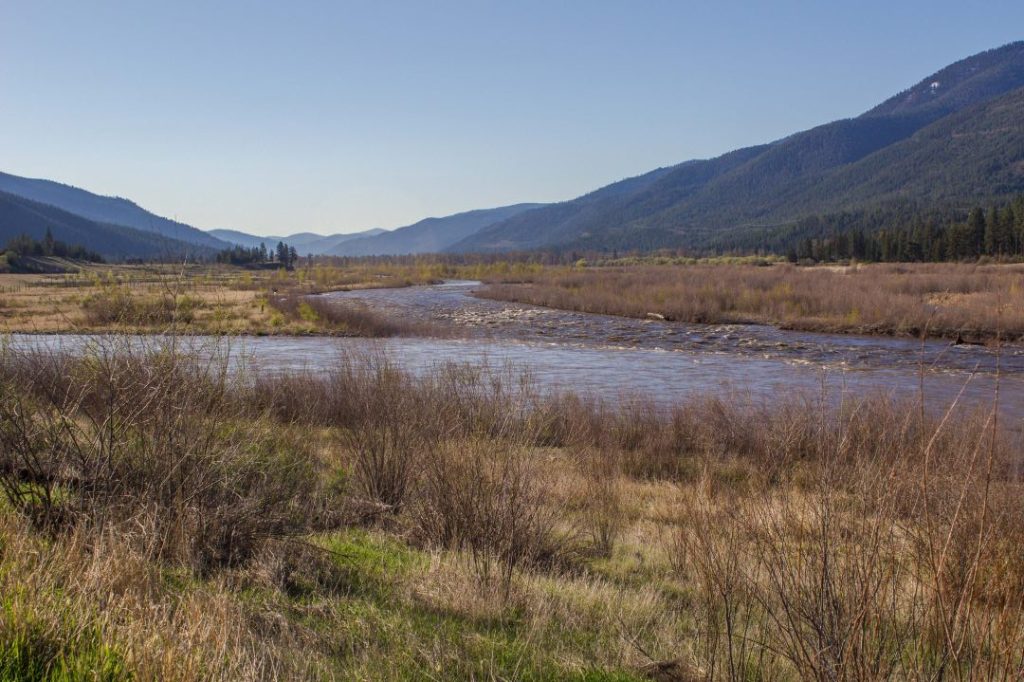
This then flows northwesterly to combine with several other tributaries and become the mighty Columbia River. It’s no surprise that Missoula is a hub for all things riversports, including fly fishing, whitewater rafting, and kayaking.
2. Montanans have a few other names for Missoula.
Officially, it’s the Garden City, because there’s so much greenery throughout town. Unofficially, it’s Zootown (because it’s pronounced Mi-ZOO-luh, not because there’s a zoo – there isn’t). It’s also called Helltown, which is not actually derogatory, instead referring to Hell Gate Canyon east of the city.

3. It’s a bright blue dot in a sea of red.
Up until the last couple of elections, Montana was seen as a purple state. Sure, we hadn’t voted for a Democrat for president since Clinton (and that was Ross Perot’s doing), but we’ve had a number of Democratic governors, U.S. Senators, and attorney generals.
Not so much anymore, but throughout it all, Missoula has remained a bastion of progressivism. This earns the ire of much of the rest of the state, with complaints that its politics lean closer to Portland than to “the real Montana.” Which can in part be attributed to…
4. Missoula is a college town.
If Missoula has one single defining feature, it’s the presence of the University of Montana (U of M). While less than 15% of the city’s population are students, the culture surrounding the university has an outsized impact on the community. University students are largely responsible for Missoula’s vibrant nightlife, cultural attractions, and activist traditions.
5. But it’s also a hub for wildland firefighting.
Out West, forest fires are unfortunately a summer tradition. Smoke so dense you can’t see to the end of the block, acrid smells in the air, and the closures of your favorite trails and campgrounds. Good times, right?
That’s why we rely so heavily on our wildland firefighters. Every season, they risk their lives and work in incredibly unpleasant conditions so we have clean air to breathe and, if you live in or on the edges of the forest, a home to come back to at night. And of those wildland firefighters, the most elite group are the smokejumpers.
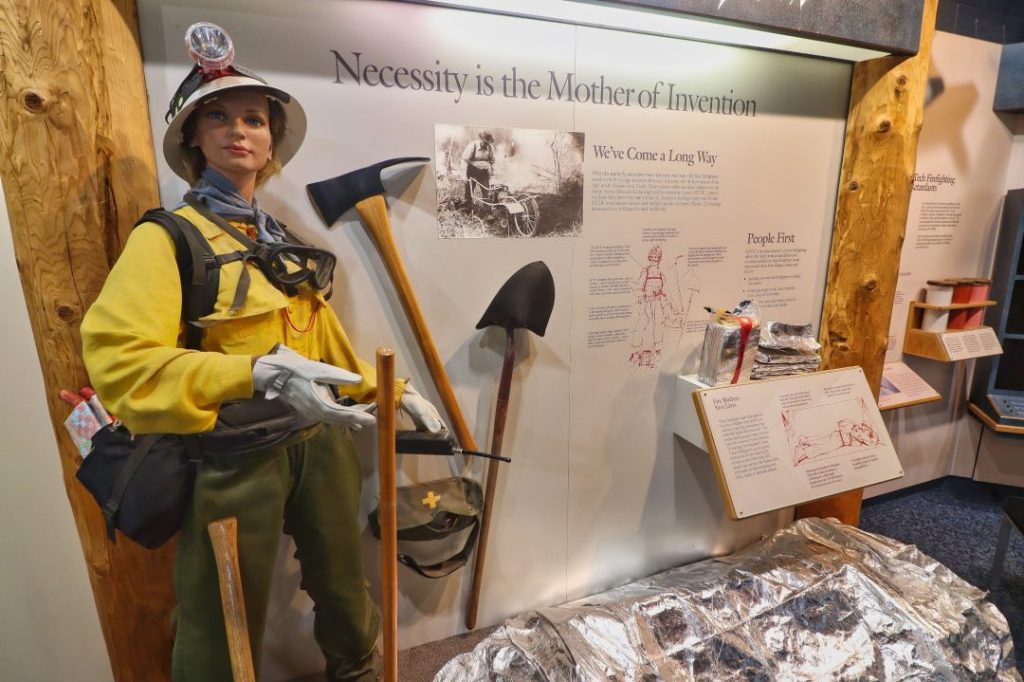
There are just a few hundred of these brave men and women who parachute into remote areas to fight wildfires, and. Missoula is one of a dozen or so smokejumper bases in the country. The Missoula Smokejumper Visitor Center is an excellent little museum where you can learn more about them. There’s also an excellent podcast from University of Montana professor Justin Angle called Fireline that covers wildland firefighting in the West.
Basic Facts about Missoula
6. Missoula is Montana’s second-largest city.
77,000 people call Missoula home, and it’s steadily growing. While it hasn’t seen the meteoric rise that Bozeman has over the last several years, it’s certainly trending upward.
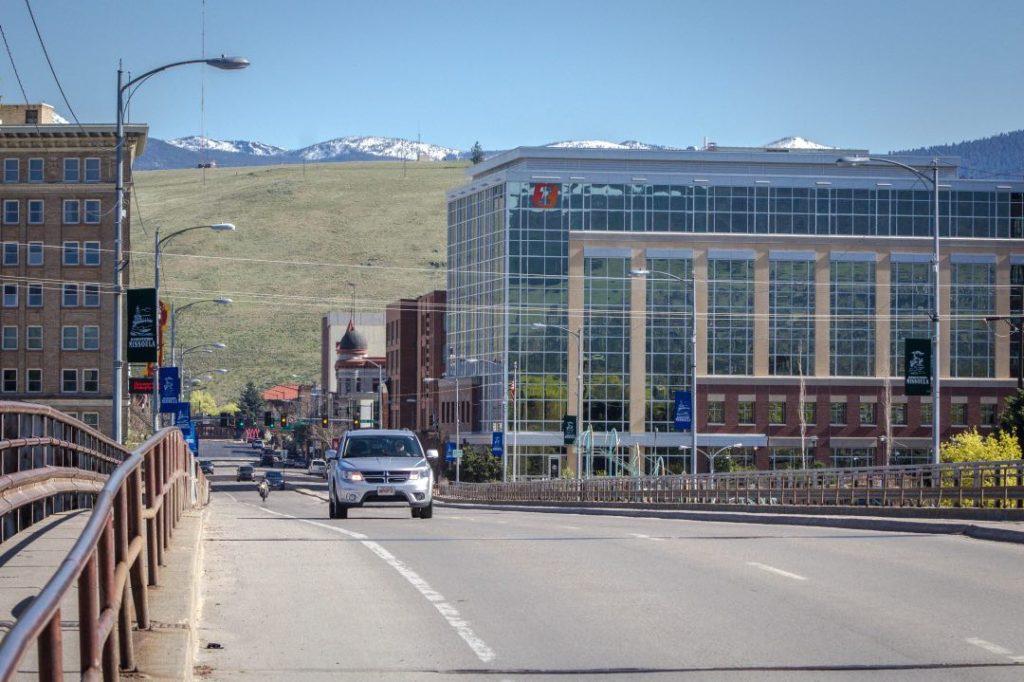
7. Missoula sits at an elevation of 3,209 feet.
As far as Montana goes, that’s pretty average, and actually a bit low for a mountain town. The city is in a deep valley, though, with Mount Sentinel (where the iconic “M” is located) rising to 5,158 feet.
8. The city’s name comes from the Salish word “nmesuletkw.”
Missoula means the “place of frozen water,” referring to the Clark Fork River that now runs through the center of town. The river definitely doesn’t freeze over in the winter, though. Even if it appears to be frozen, it’s just a thin crust, and there’s plenty of icy, fast-moving water just beneath the surface. Don’t tempt fate.
9. There’s only one area code for Missoula.
Actually, there’s only one area code for all of Montana. It’s 406, and you’re likely to see it everywhere – bumper stickers, business names, everywhere we can promote our three-digit brand.
The History of Missoula
10. Missoula was once at the bottom of a lake.
Way way back, during the last ice age about 13,000 years ago, there was a 2,000-foot-tall wall of ice called the Cordillerian Ice Sheet. It formed an ice dam to block the Clark Fork River and flooded the whole valley, forming Lake Missoula.
Over the course of two millenia, the ice dam broke dozens of times, sending a volume of water equivalent to half of Lake Michigan down the Columbia River Gorge. You can still see various high water marks as ripple lines on the hills around Missoula, particularly on Mount Jumbo.
11. Explorers Lewis and Clark famously took a break nearby.
Growing up in Great Falls, MT, these two guys were treated like the rockstars of history. Our hometown’s waterfalls were one of the biggest challenges on their journey, so it’s only natural that we claimed them. However, Travelers’ Rest, just outside of Missoula in the town of Lolo, also played a pretty important role in the Lewis and Clark Expedition.
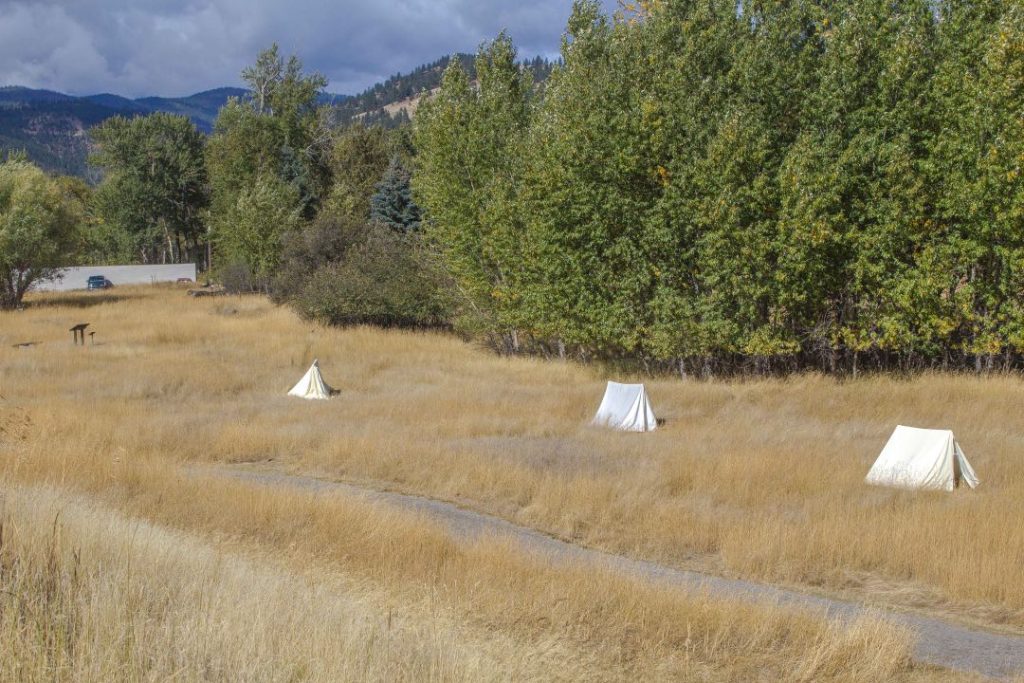
Both on their journey to the Pacific and on the return trip home, Lewis and Clark stopped at this site for a few days to plan their next moves and gather supplies. Today, Travelers’ Rest is a state park with an extensive museum and a busy schedule of interpretive programs.
12. The first female congressional Representative was from Missoula.
Jeannette Rankin was born and raised in Missoula County, and she served two terms (1917-1919 and 1941-1943) in the U.S House of Representatives. Not only the first female Representative, she was the first woman to hold any federal office in the U.S. Rankin was an ardent proponent of women’s suffrage and a dedicated pacifist, casting the lone vote opposing the declaration of war against Japan in World War II.
13. Missoula was the center of the timber industry in Montana, until it wasn’t.
For much of its history, the Missoula area’s economy was based around lumber. At the turn of the 20th century, the nearby Bonner Mill was the largest timber producer in the country. However, by 2008, the mills were all shut down and the economy shifted toward education.
The old mill site was converted into a variety of manufacturing businesses, along with a bitcoin mine, and the Kettlehouse Amphitheater (where some of the state’s best concerts are held), opened nearby in 2017.
14. Missoula’s anti-war protests did not always go as planned.
Look around Missoula today, and you might imagine it has a long history of progressive politics. Go back several decades, though, and it’s a completely different story.
In 1966, while Missoula was hosting the annual Cat/Griz football game, the university’s Committee for Peace in Vietnam group staged a protest. Dozens of protestors marched from campus toward downtown Missoula, where they were met by hundreds of counter-protestors – loggers, railroad workers, and a whole lot of other people who didn’t agree with the marchers. They pelted the protestors with eggs and rotten food, ripped down their signs, and even beat a few of them. Pretty hard to imagine today.
Facts about Missoulians
15. Author Stephanie Land of Maid fame lives in Missoula.
In Maid, Stephanie Land, who grew up in Washington, talks about how she always dreamed of moving to Missoula, before (spoiler) finally doing so at the end of the book. She still lives there, and much of her sophomore memoir Class takes place in Missoula, with numerous mentions of its local haunts.
16. Acclaimed filmmaker David Lynch was born there.
The director of Mulholland Drive, Blue Velvet, and creator of the Twin Peaks series actually moved away just two months after he was born. Missoula embraces David Lynch as one of their own, though, finding a kinship with his dark surrealist style.
17. Popular science YouTuber Hank Green has been in Missoula for over 20 years.
Hank Green got his Masters degree in Environmental Studies from U of M back in the early 2000s and has been in Missoula ever since. You may have noticed the Tester for Senate sticker in many of his videos.
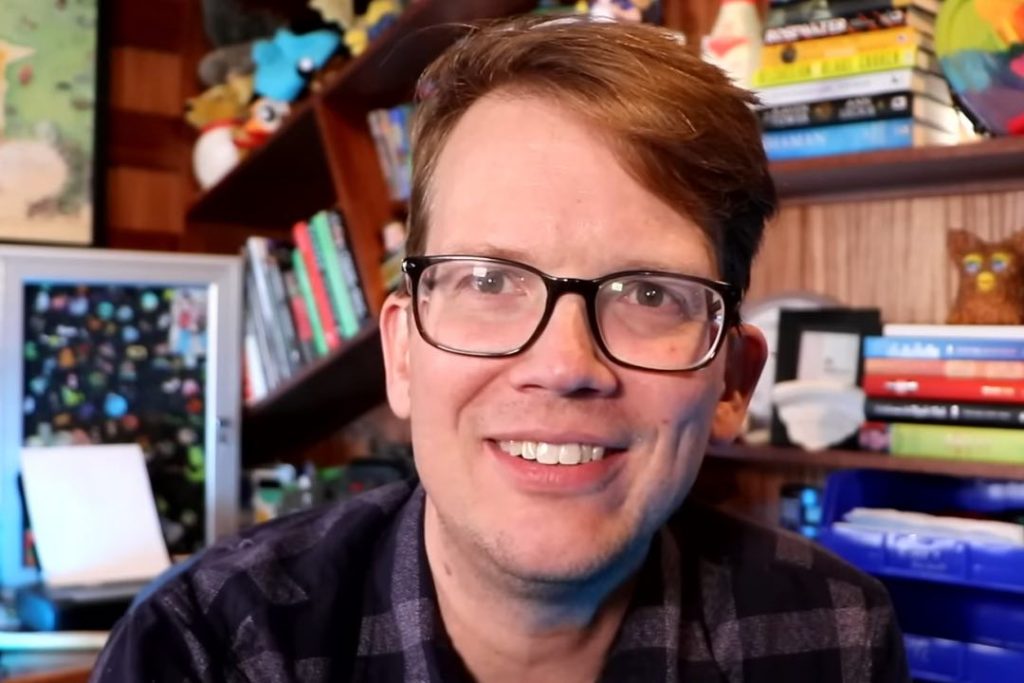
18. Actor Carroll O’Connor, better known as Archie Bunker on All in the Family, attended U of M.
O’Connor was even an editor at the Montana Kaiman, U of M’s student newspaper. But he resigned in protest after the school confiscated and destroyed an issue of the paper that included a cartoon showing the Montana Board of Regents as a group of rats gobbling up tuition money. He left Missoula for Ireland before completing his undergrad degree, finishing at University College Dublin instead.
19. Jeff Ament, bassist of Pearl Jam, lives in Missoula part-time.
Jeff Arment was born in Havre, grew up in Big Sandy, and went to school in Missoula for about a year and a half. He majored in art, but quit when the university cut their graphic design program.
Ament then moved to Seattle, playing in several bands, before coming together with Pearl Jam in 1992. Having achieved critical and commercial success with them throughout the ‘90s, he moved back to Missoula part-time and now works to build skate parks all over Montana.
Facts about the University of Montana
20. The University of Montana was once Montana State University.
How is that even possible? MSU is in Bozeman! Well, the college in Bozeman was referred to as Montana State College up until 1965. It then became Montana State University, and Missoula rebranded as the University of Montana. Confusing? You bet.
21. They used to have a live grizzly bear at football games.
Today, U of M’s mascot is a grizzly bear named Monte. The name is short for Montana, which is actually kind of boring, but his backstory most certainly is not.
From the university’s founding until the 1960s, the mascot was a real live grizzly bear, kept in a cage on the sidelines during games. He was a cub, because having an adult grizzly bear at sporting events would be absolutely absurd. As a result, they needed a new “Monte” each season. Of course, society eventually decided caging wild animals at a rowdy football game wasn’t so cool.

The school then tried out some corporate-sponsored mascots, like the Hamm’s Beer bear and, for some reason, a weird rabbit from Domino’s Pizza. The ‘70s and ‘80s were a dark time. The friendly and excitable Monte we know today debuted in the early ‘90s and has kept fans entertained ever since.
Oh, and the person who puts on the Monte suit? It’s always a student whose identity remains unknown until graduation – but they get a full tuition waiver.
22. U of M is an R1 university.
The school achieved this status in 2022, meaning it falls within the top four percent of U.S. universities that have “very high research output.” U of M is well-known for its social science research, as well as its journalism, law, and pharmacology programs.
23. It was once named the “Most Beautiful Campus in America.”
That was titled bestowed by Rolling Stone magazine, and even as a former Bobcat (MSU student), I have to agree. U of M’s location at the base of Mount Sentinel and on the banks of the Clark Fork is about as good as it gets for a college’s location.
You can easily hike up to the “M” or do a little fishing in between classes, and Missoula’s best shops and restaurants are just a short walk from campus.
24. The college “M” was supposed to be an observatory.
If you’ve ever wondered why Missoula’s famous “M” is right behind the university’s stadium, it’s because Mount Sentinel was intended for stargazing. The Forest Service gifted the land to the university to build an observatory there, which regrettably never happened. Personally, I think it’d be pretty cool, especially if it could only be accessed by foot.
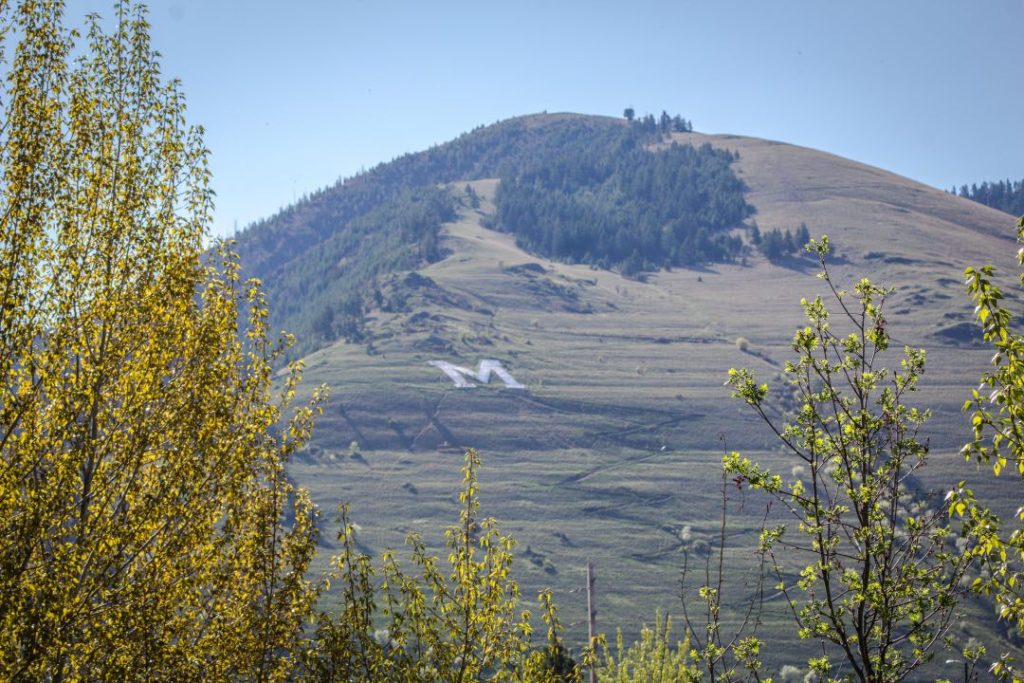
Recreation and Culture in Missoula, MT
25. Missoula is a runners’ town.
There are only two months in the year that Run Wild Missoula doesn’t have a race, and Missoula hosts the state’s biggest and best marathon. I ran it in 2024, and if you run just one marathon in your life, this would be a great one to do.
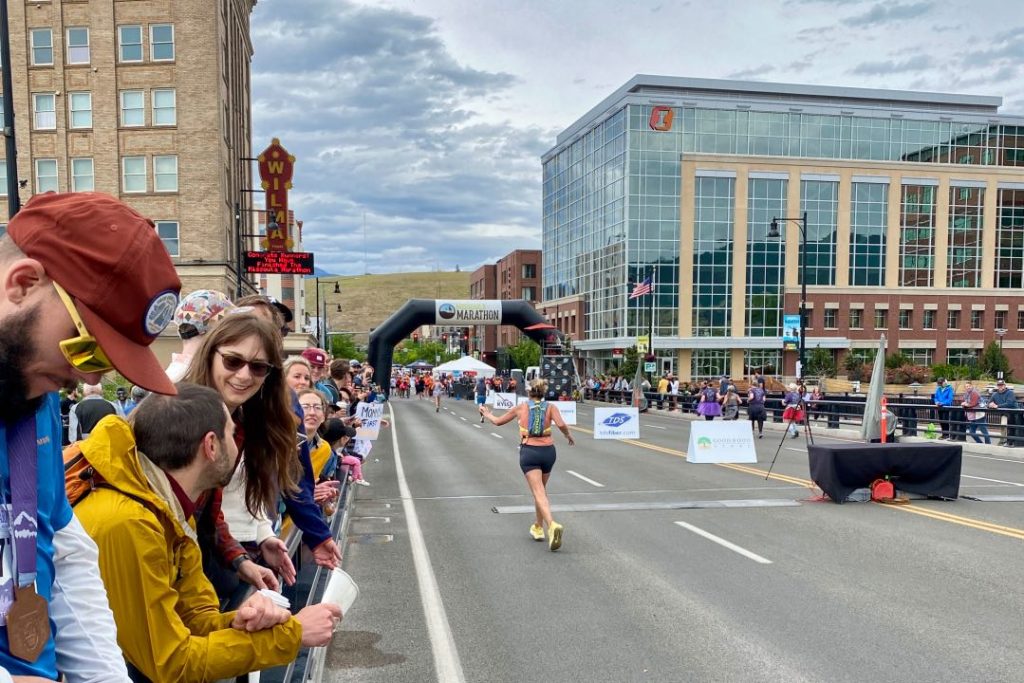
26. You’ll never be bored as a cyclist in Missoula.
There are over 25 miles of dedicated bike paths snaking through the city. Missoula is also the headquarters of the Adventure Cycling Association.

27. There are four ski hills within 90 minutes of Missoula.
Bozeman gets all the attention because it’s near Big Sky, which is… well, the biggest ski resort in the state and one of the largest in the country. And it’s got Bridger Bowl, an awesome non-profit hill that’s just 18 miles from town.
But it’s Missoula that actually has the most hills within easy driving distance.
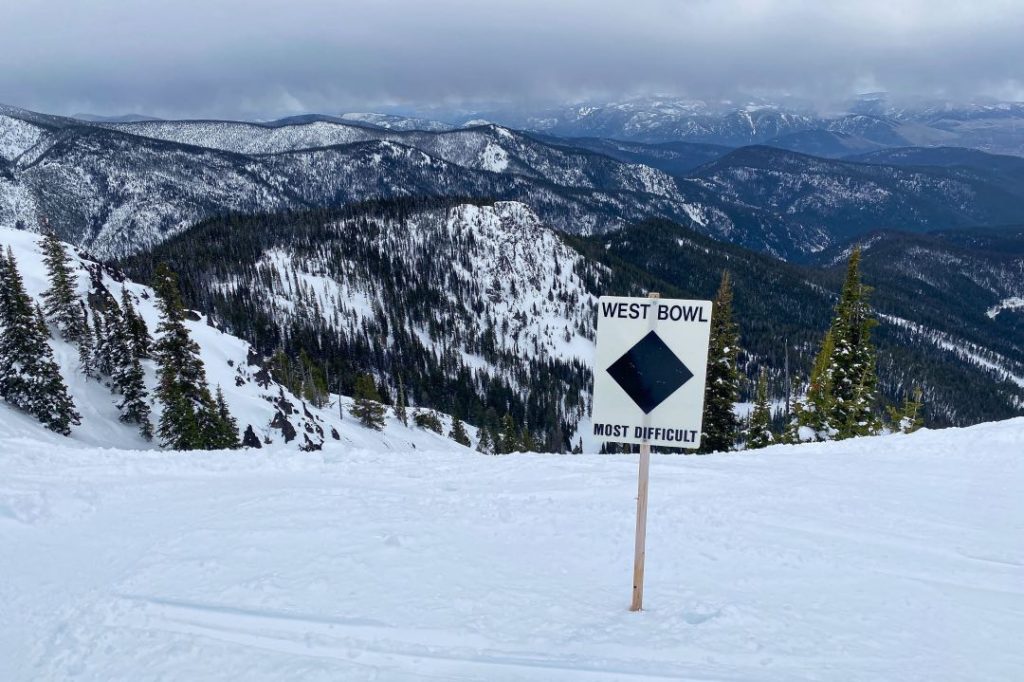
The oft-maligned but still pretty awesome Snowbowl is less than half an half hour away, and it’s perfect for skiers who can handle its questionable snow quality. Then there’s Lookout Pass on the Idaho border (1.5 hours away), which just gets truckloads of snow every year and is super family-friendly. Lost Trail and Discovery are also around an hour and a half from Missoula and offer a good mix of black diamond thrills and easy groomers.

28. You can surf in the middle of the city.
Skiing, cycling and hiking are big in Missoula, but did you know you can also surf there? On any given weekend during the summer, you’ll see kayakers, paddleboarders, and, yes, surfers at Brennan’s Wave – a man-made wave feature in the middle of the Clark Fork River, just downstream from U of M.
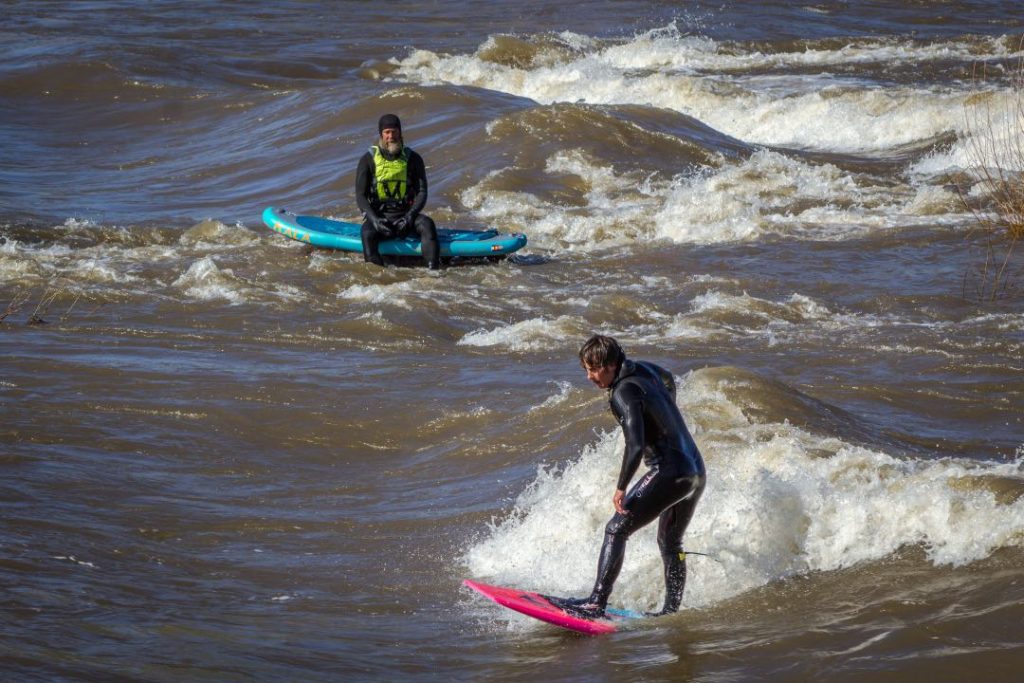
29. Missoula is an artsy town.
Understatement of the year there. The National Center for Arts Research ranked Missoula as one of the top 40 cities in America for arts and culture. It’s absolutely brimming with artists doing everything from traditional paintings and sculptures to quirky public art.
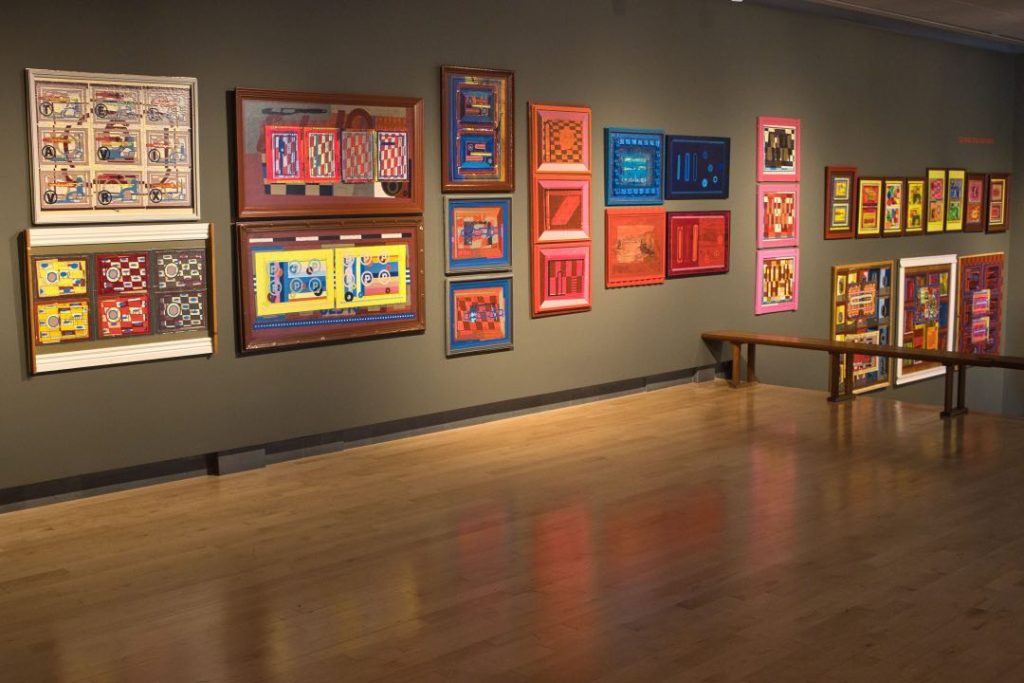
30. It’s a great town for cinephiles.
If you like movies, you’re going to love Missoula. First, there’s The Roxy, one of our favorite independent theaters in the state. Along with the usual new releases, they do all sorts of one-off showings, classic film screenings, and special events, and their popcorn is served in a steel mixing bowl, just like I’d be eating from on my couch at home.
The city is also a hub for filmmakers and hosts not only the nationally-renowned Big Sky Documentary Film Festival each year, but also the Montana Film Festival, the International Wildlife Film Festival, EQUUS Filmfest (an equestrian-focused film festival), and QueerWest Fest.

31. Missoula is the setting for the book A River Runs Through It.
Norman Maclean’s novel about two brothers and their love of fly fishing the Blackfoot River takes place in and around Missoula. Oddly, the movie adaptation with Brad Pitt was filmed on the Gallatin River near Bozeman and even included scenes inside Montana State University (sacrilege!).
32. John Krakaur also put it on the map with his book Missoula (but not in a good way).
This investigative book explores the epidemic of campus sexual assault at U of M, highlighting the unique struggles faced by victims when the perpetrator is a popular football player.
It wasn’t exactly popular with Griz fans, particularly as it shone a light on how the communities with a big sports culture tend to ignore assault claims if it might damage their chances of a winning season. None of this is exactly unique to Missoula, though.
Missoula Beer Facts
33. Missoula is Montana’s beer capital.
Missoula consistently ranks in the country’s top ten cities for breweries per capita, only behind beer juggernauts like Portland, ME, and Asheville, NC. There are ten breweries in Missoula proper, plus three more within 15 miles of town. Imagine Nation is frequently ranked as Montana’s best brewery, and it’s my personal favorite.

34. It’s home to the state’s oldest craft brewery.
Bayern Brewing got its start back in 1987 – I wasn’t even a year old then! It took another 15 or so years for craft beer to really hit it big in Montana, but Bayern kept plugging along, producing the high-quality German-style beers they’re known for.
35. Montana’s largest and best-known brewery is also in Missoula.
Big Sky Brewing is far and away the biggest producer of craft beer in Montana. They make the equivalent of 2.5 million six-packs per year – that’s roughly a quarter of all the beer produced in the state. You can find their beer in 24 states and at just about every Town Pump in Montana.

36. Montana’s unofficial state beer is brewed in Missoula.
Big Sky Brewing’s flagship beer is a brown ale called Moose Drool, and some like to say it’s the state beer of Montana, though I wholeheartedly disagree with that statement. I’ve rarely seen anyone in Montana order a Moose Drool. Our state beer is obviously Cold Smoke Scotch Ale, which is produced by Missoula’s own Kettlehouse Brewing.
37. Kettlehouse has Montana’s premier concert venue in its backyard.
Kettlehouse got their start in downtown Missoula, but they got a little too big for that diminutive taphouse. They expanded to satellite campuses, eventually building a canning line on the periphery of the old Bonner Mill.

And the taproom is an impressive sight to behold. Overlooking the bank of the Blackfoot River, it’s incredibly scenic, and right next to the taphouse is the Kettlehouse Amphitheater – an open-air concert venue with space for over 4,000 attendees. Everyone from the Beach Boys to the Black Keys to Weird Al Yankovic have played here.
More Fun Missoula Facts
38. There’s a hand-carved carousel down by the river.
In the early ‘90s, local woodworker Chuck Kaparich decided to build a carousel to donate to the city. Over the span of several years, he worked with dozens of community members to hand-carve each of the horses and chariots, assemble the mirrors and lighting, and set up the mechanics of the Caras Park carousel.
It was perhaps the first hand-carved carousel to be built since the Great Depression, and it now stands as one of the most iconic sights in Missoula. It runs everyday except Christmas and a maintenance period in January, and the cost is $1 for kids 11 and under and $2 for older riders.
39. Missoula has one of the best libraries…in the world.
In 2022, the International Federation of Library Associations and Institutions named the “Public Library of the Year” after selecting 20 finalists across 17 countries. The Missoula Public Library, which opened in its current location in 2021, took the #1 slot! Once you’ve been inside, it’s not hard to see why.
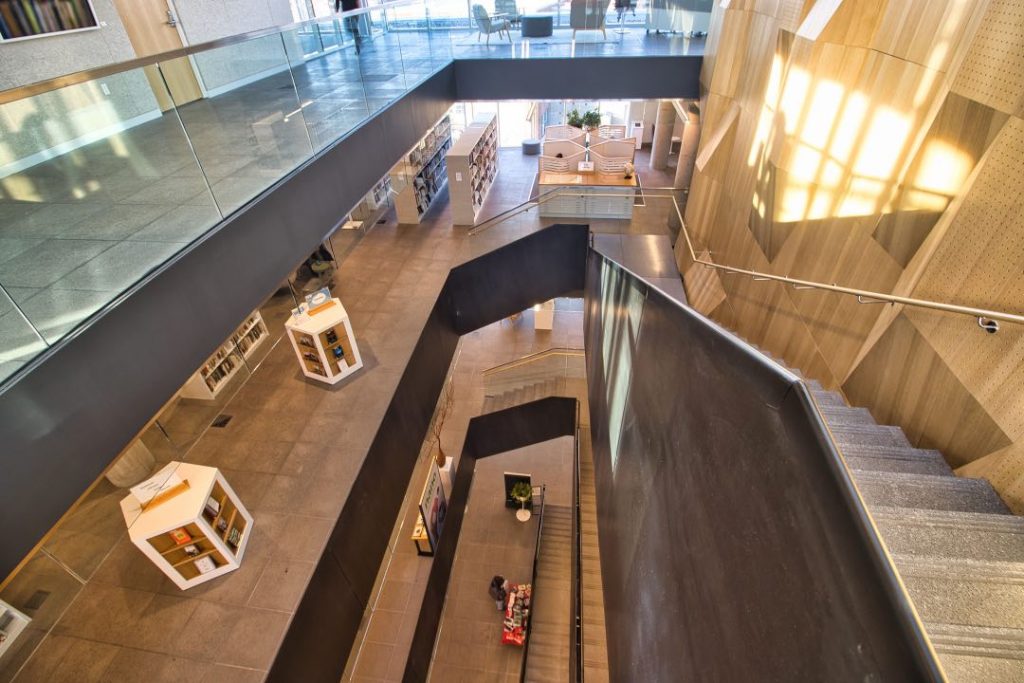
The architecture is stunning, with sweeping views of Mount Sentinel out its massive rear windows. It has a maker’s space complete with 3D printers, a seed library for would-be gardeners, a demonstration kitchen where you can learn to make delicious meals, and an in-house coffee shop serving coffee from Clyde Coffee, one of our favorite roasters in Montana. And that’s before we even get to the books!
40. Missoula has too many farmers’ markets to count.
During the summer months, four different farmers’ markets take place every week – one on Tuesday evenings, one on Thursday evenings, and two on Saturday mornings. Missoula is also one of the few towns in Montana to operate a winter market, which takes place at the mall every Saturday from November to April.
So if you like to support local farmers and artists, browse unique products, and enjoy tasty homemade treats, Missoula really is the place to be.
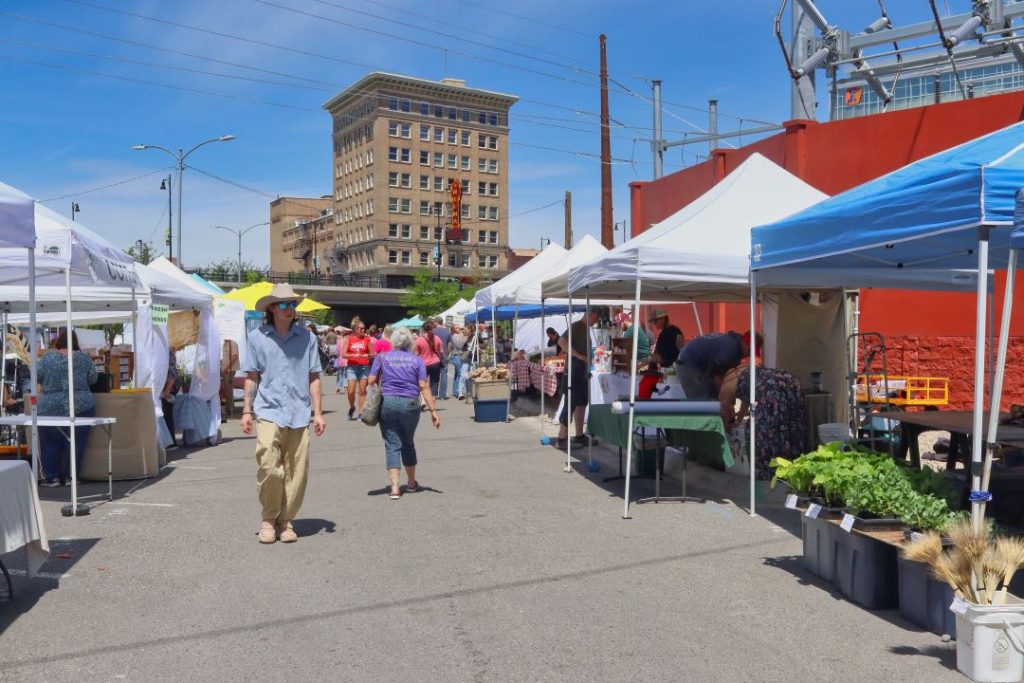
41. The Oxford is rumored to be haunted.
The Oxford Bar and Cafe is one of the most famed dive bars in Missoula and, having opened all the way back in 1883, also the oldest. In the almost century and half they’ve been open, a wide assortment of customers have walked through their doors – drunk college students, bleary-eyed cowboys, dead-tired loggers looking to gobble up their famed “brains and eggs” special (no longer on the menu). They’re also one of the few establishments in town open 24/7, which always leads to some strange interactions.
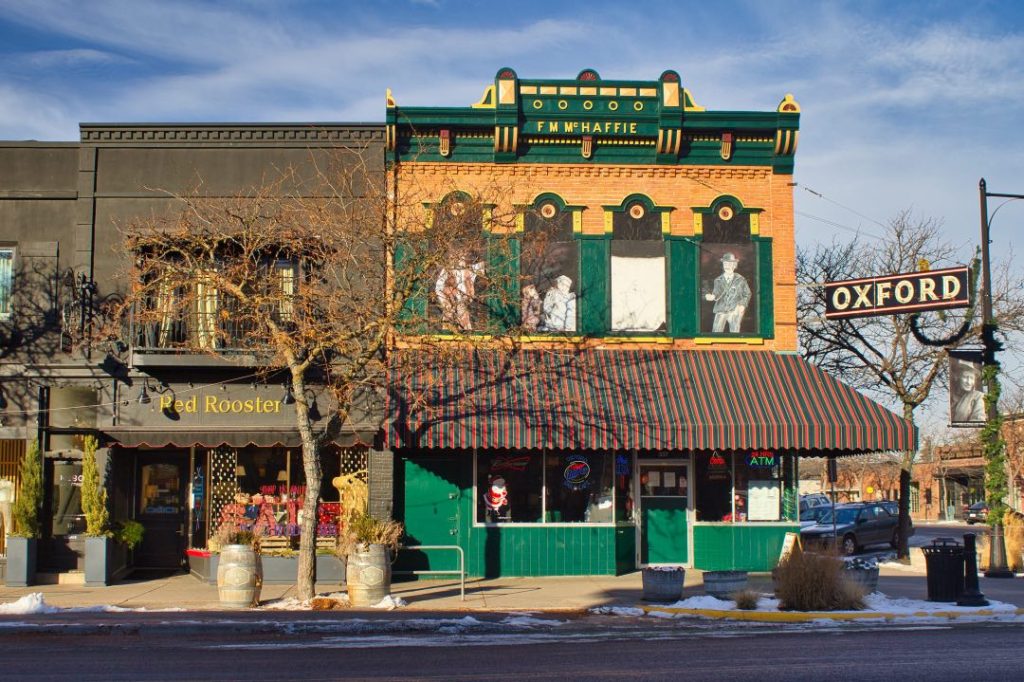
One of the strangest stories involves the ghosts of three cowboys who “haunt” the cafe. “Haunt” might not be the right word, though, since they’re not trying to scare fellow patrons so much as strike up a friendly chat. We don’t know how true the rumors are, or if these convivial spirits are merely products of customers’ imaginations as they slurp down greasy late-night meals and battle impending hangovers.
Things to Know about Visiting Missoula, MT
42. Flying in can be expensive.
Missoula has Montana’s second largest airport, but it offers considerably fewer routes than the largest, Bozeman. While the latter offers direct connections to the East Coast during the summer, flights from Missoula go no farther than the Great Lakes.
Fewer routes means less competition, which leads to higher prices. So be sure to lock in a good fare long before needing to pack your bags.
43. Avoid trips to Missoula during big events.
Missoula hotels get quickly overwhelmed by any kind of major event. That could be a big concert at the Kettlehouse or one at the university’s fieldhouse, a Griz game, or Family Weekend at U of M, or the Big Sky Documentary Film Festival, or the Missoula Marathon. The list goes on, but if you’re trying to book accommodations and the price seems a little too high, move the dates a few days and see if it drops considerably.
44. Winters are drearier than you might expect.
Missoula tourism brochures are replete with sun-kissed peaks ringing the city and the glittering Clark Fork parading through its downtown. Summers in Missoula are spectacular. The winters? Much less so.
Montana towns east of the Rockies, including Bozeman, Butte, Great Falls, and Billings, experience relatively sunny skies during the winter. They can be incredibly cold, but you still get your Vitamin D and it’s actually our favorite time of year.
West of the mountains, including in Missoula, the temperatures are more mild, but the skies are much cloudier. Missoula’s location in the bottom of a narrow valley exacerbates the problem further as clouds – and air pollution – get trapped within it.
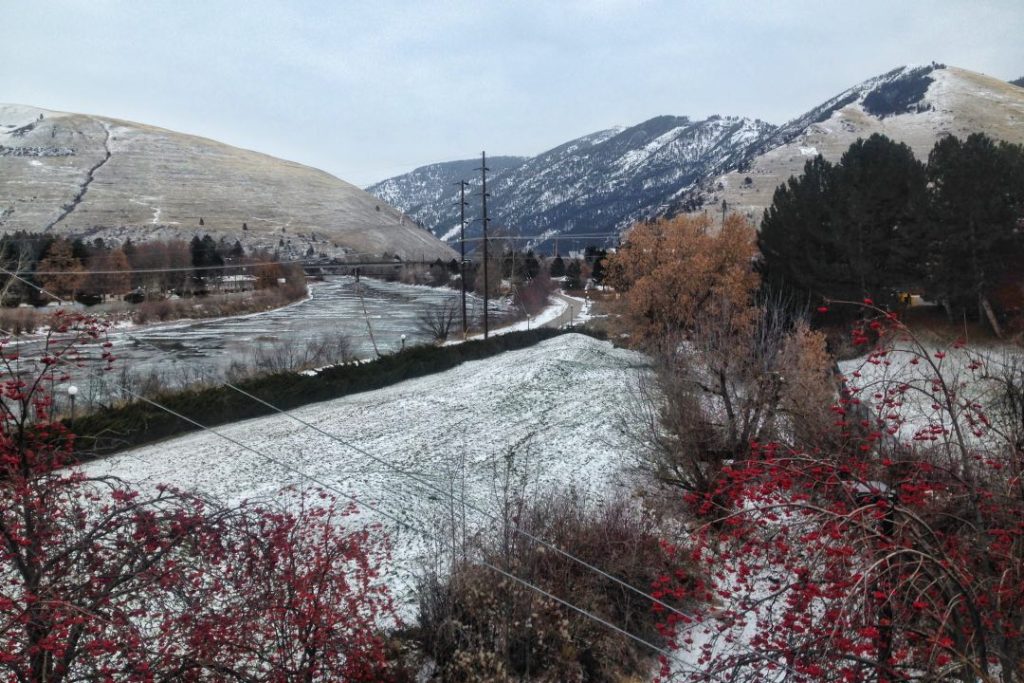
So pick your poison – warm but bleak winters, or -20 and blue skies for days. Montana isn’t for everyone.
45. In theory, you don’t need a car to visit Missoula.
Of all the cities in Montana, Missoula has the best public transportation system – and it’s free. There are 12 bus routes linking downtown, the university, the mall, and several residential districts. Strangely, there are no bus routes along Reserve Street, where most of Missoula’s big box stores are located. Buses run every half hour on the busier routes, and every hour on the less traveled ones, so you do have to plan ahead.
That being said, forgoing your own set of wheels will limit your opportunity for outdoor adventure – though Snowbowl has its own bus, and it’s only $3 round-trip.. However, if you spend most of your time in the highly-walkable downtown area, taking a few bus trips to skip navigating traffic (and icy roads) or dealing with parking might be worth it.
Know any other interesting facts about Missoula? Drop them in the comments!
PIN IT!

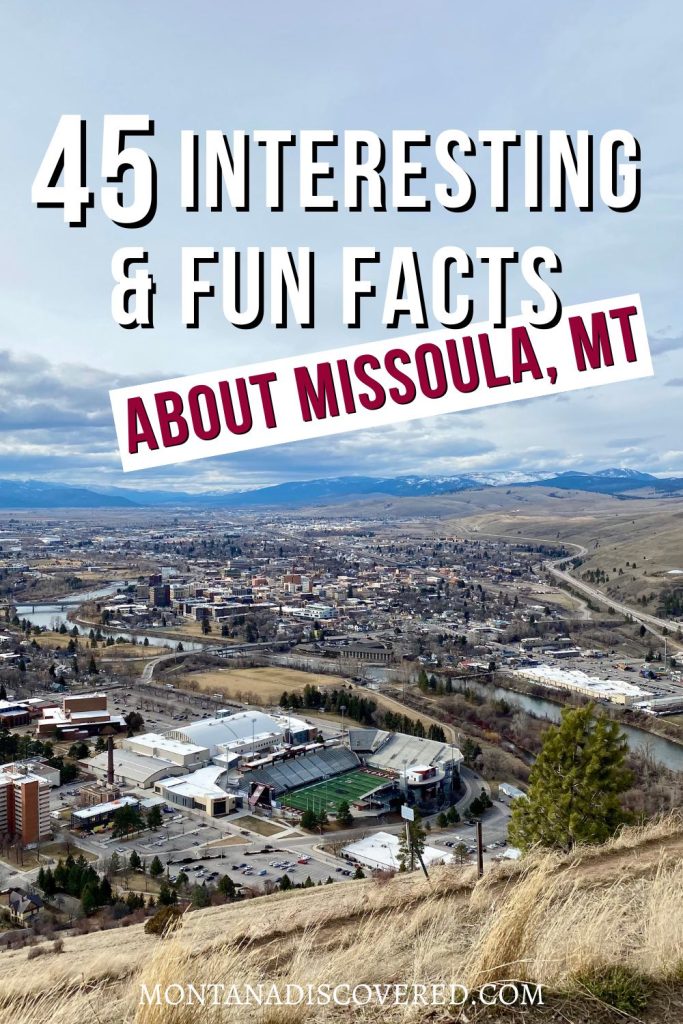

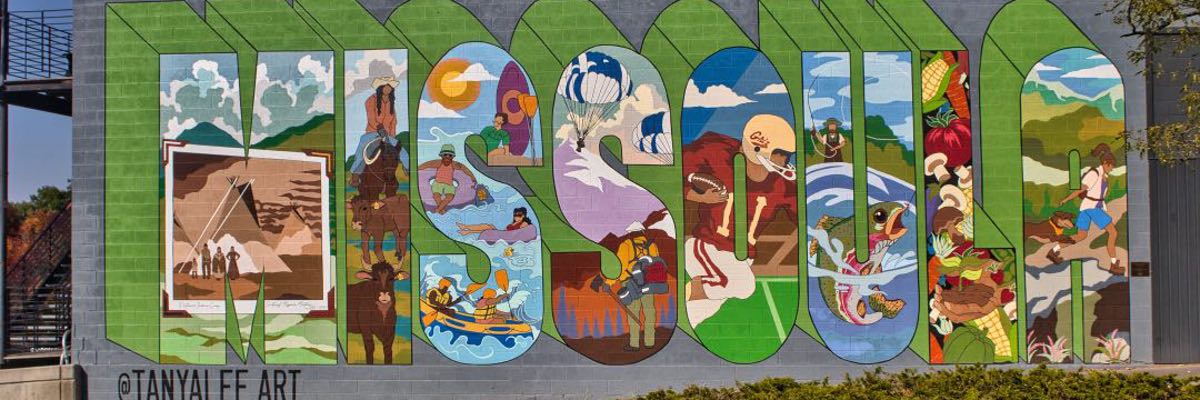
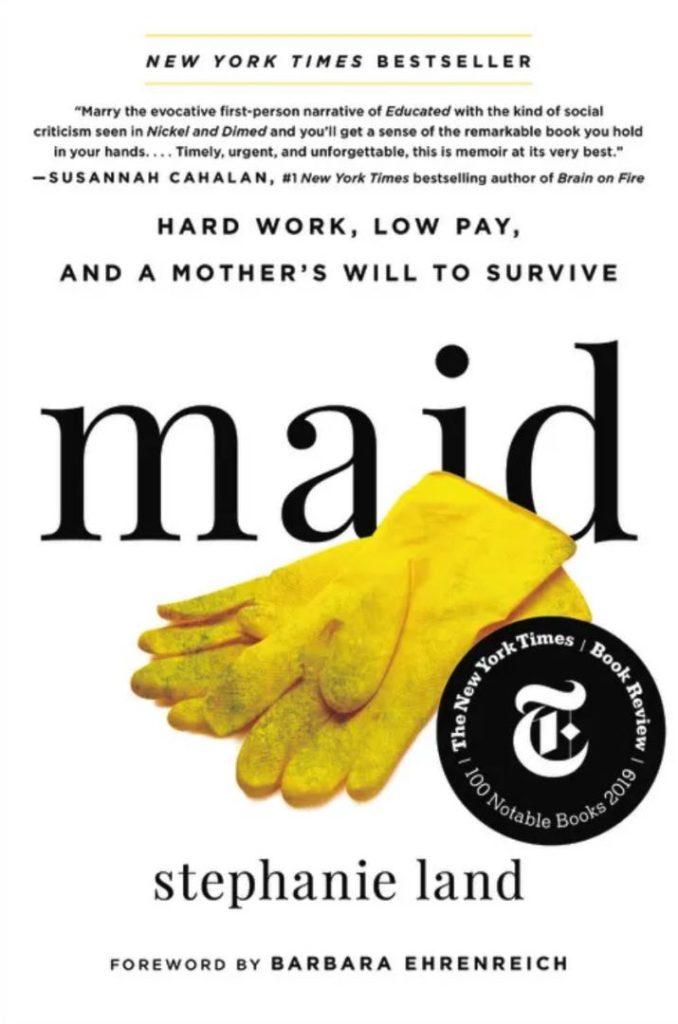
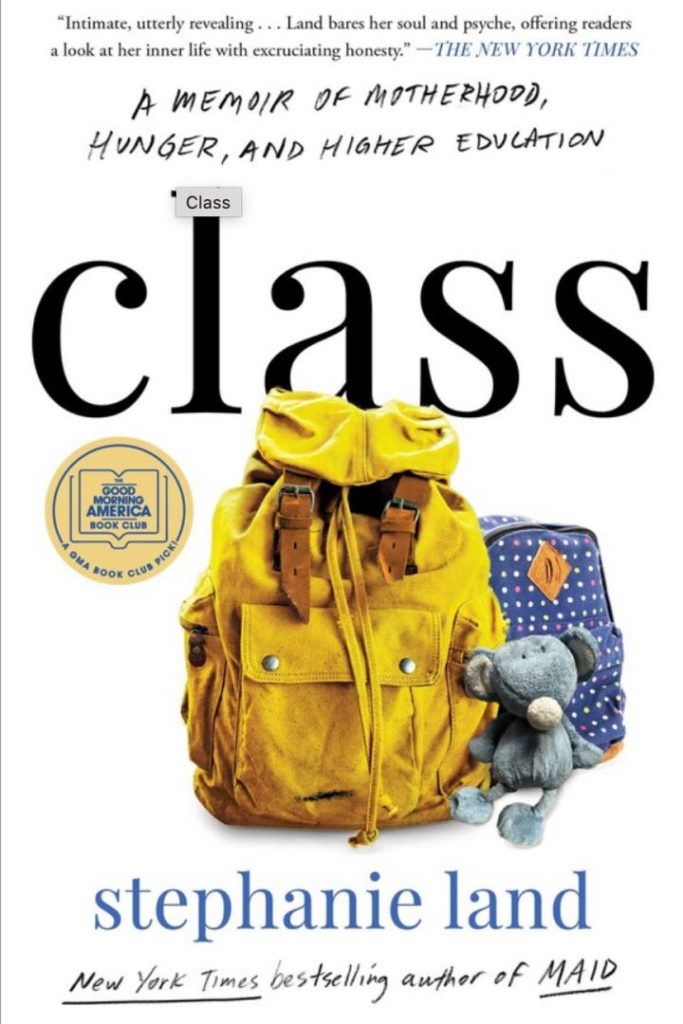
 Top 10 Coffee Shops in Bozeman, Montana
Top 10 Coffee Shops in Bozeman, Montana